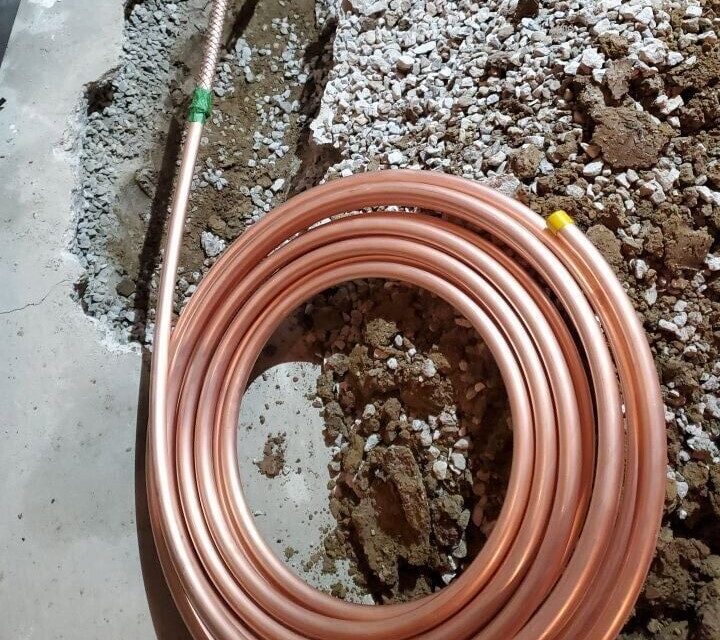There are an estimated 30,000 homes with lead pipes in Toronto that may have traces of water contamination, mostly residences built up until the mid-1950s. High levels of lead in drinking water have been connected to very serious health concerns and it should be every homeowner’s priority to check lead levels. The city of Toronto offers free testing water testing kits, but what if you discover high levels of lead in your home’s water supply? How do you confirm the presence of lead pipes and how do you get the city to replace their side of the system? In this article, the plumbing experts at WaterGuard who specialize in lead pipe replacement in Toronto, explain everything you need to know about Toronto lead pipe replacement.
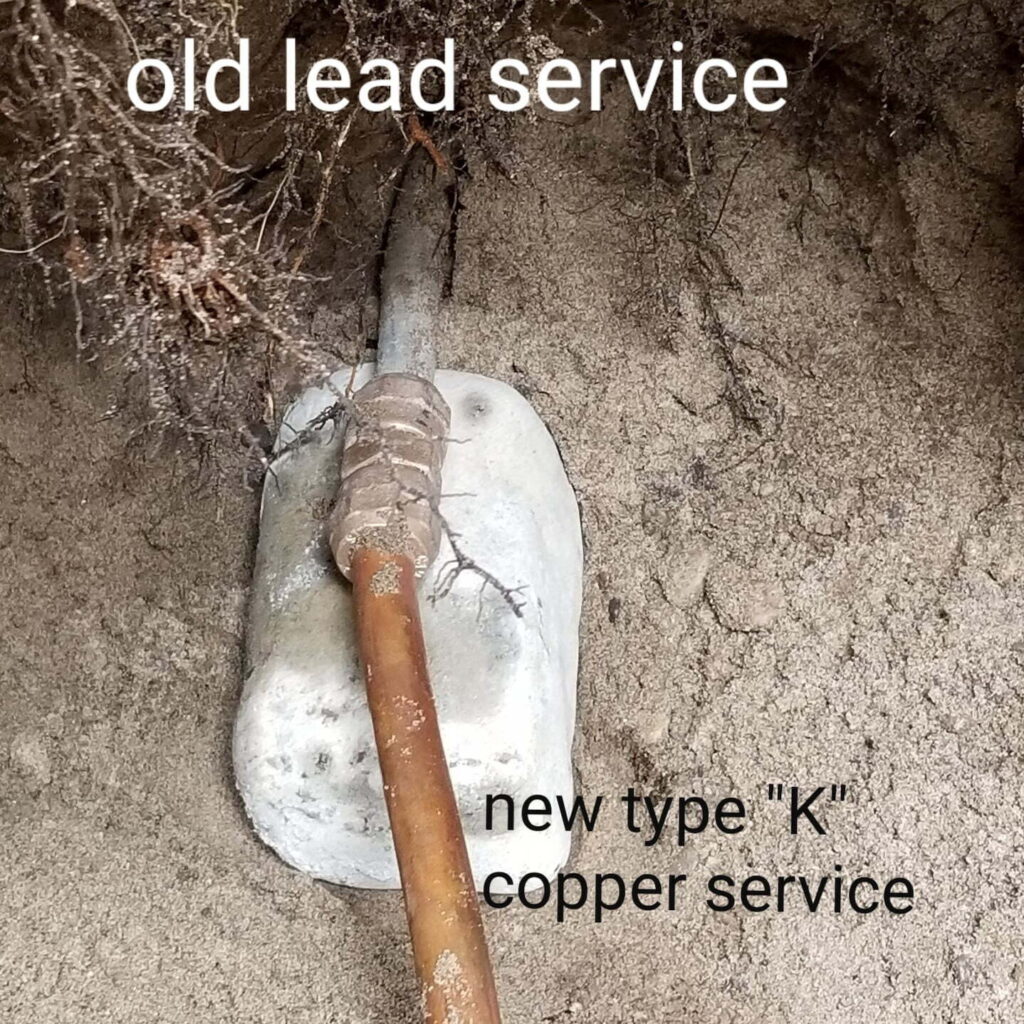
What is the Toronto Lead Pipe Replacement Program?
Toronto is an old city with ageing infrastructure and city crews are busy replacing on average 3,000 substandard water service pipes each year, targeting pipes that are too small, cracked, servicing more than one home, or are made from lead or galvanized steel.
Lead contamination in drinking water is a serious health hazard so officials are asking residences to apply for pipe replacement. The city will pay to replace piping from the property line to the water main on the street. The homeowner is responsible for paying to replace the pipe that runs from the property line into the home.
How the Program for Lead Pipes in Toronto Works
- Confirm You Have Lead Pipes: Hire a licensed plumber to confirm if you have lead pipes, or you can contact 311 to request a check on city records, but the latter process can take more than a month to complete.
- Apply for Lead Pipe Replacement: After confirming that your home’s water service pipe is lead, you can hire the city’s contractor to replace your side and the city’s side at the same time. A second option is to hire a private contractor to replace your side of the pipe and then apply to have the city’s side completed, providing an invoice or home report that confirms the work has been done.
- Scheduling Your Pipe Replacement: It can take up to two weeks for an application to process. Once the city has confirmed your pipe is lead, the city mails you a special faucet filter to remove lead from drinking water instantly — this is a temporary measure and is not a permanent solution to lead contamination. After that, a mailed letter will outline the construction schedule and contractor information. From the time your application is approved, the water service pipe will be replaced within 12 weeks’ time.
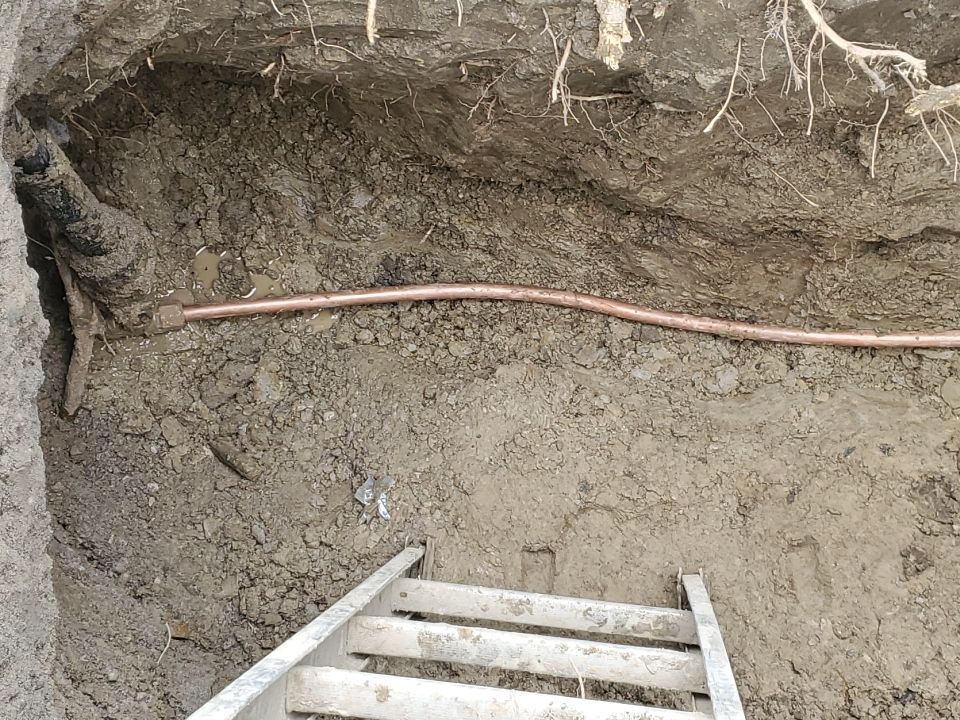
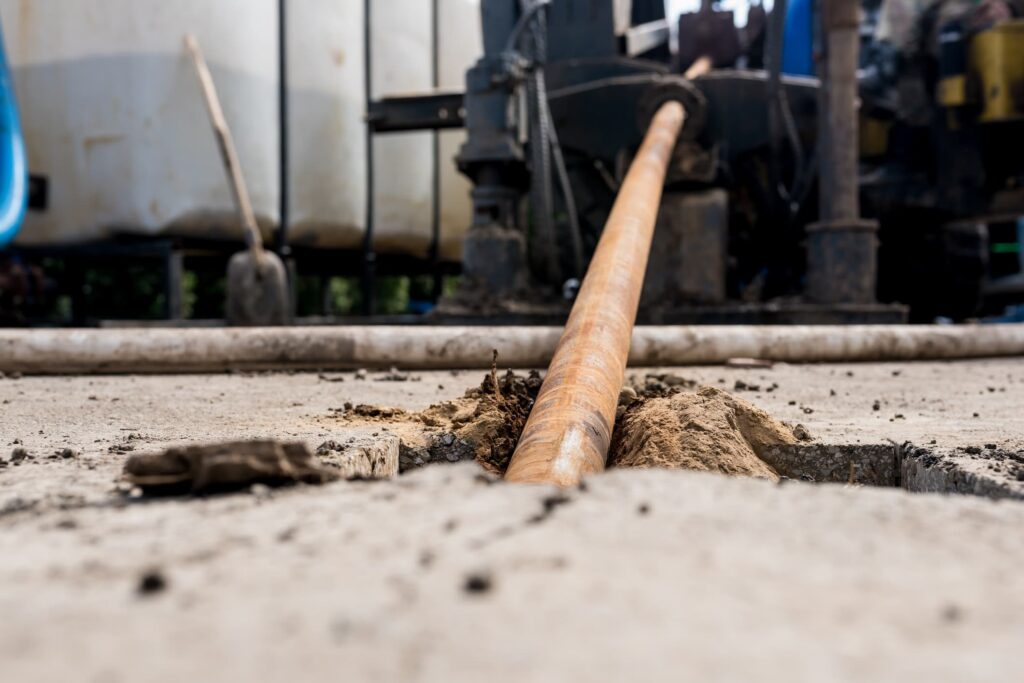
Benefits of the Program
Replacing any lead pipes in Toronto is the best way to minimize your exposure to dangerous lead levels in drinking water. Officials try to make the Toronto lead pipe replacement process as painless as possible by taking the following considerations:
- City contractors use trenchless pipe installation methods such as the torpedo technique to minimize disturbances to your property and surrounding landscape.
- The contractor will not need to enter your home during the pipe replacement process.
- If the contractors have to move any landscaping features such as interlock, they will carefully set aside and replace it upon completion of the pipe replacement.
- Sodding or grass seed will be installed post-construction as necessary.
How is Your Health Affected by Drinking Lead Contaminated Water?
The most recent research shows that even very low amounts of lead getting into the bloodstream can have very harmful, long-term impacts on your health. This can include the behavioural and intellectual development of babies and young children. The city of Toronto recommends lead pipe replacement when the lead level is considered to be 10 to 15 micrograms per decilitre, which can cause neurological and cognitive damage. Higher levels of lead, such as 40 micrograms per decilitre can slow down your body’s ability to make red blood cells.
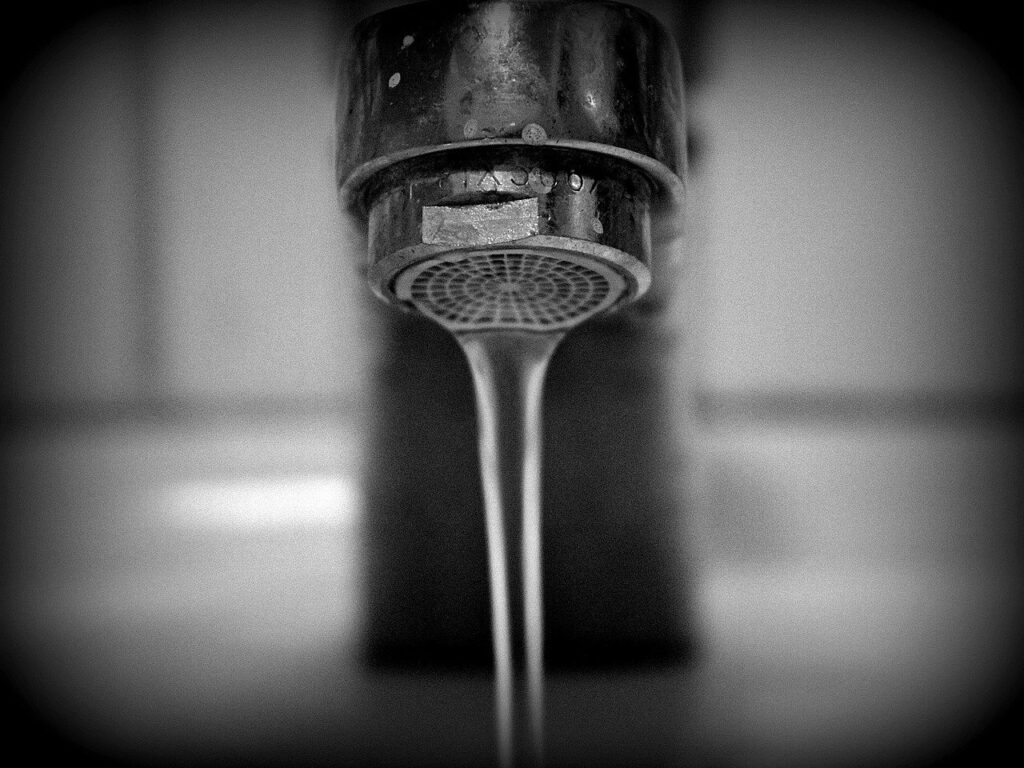
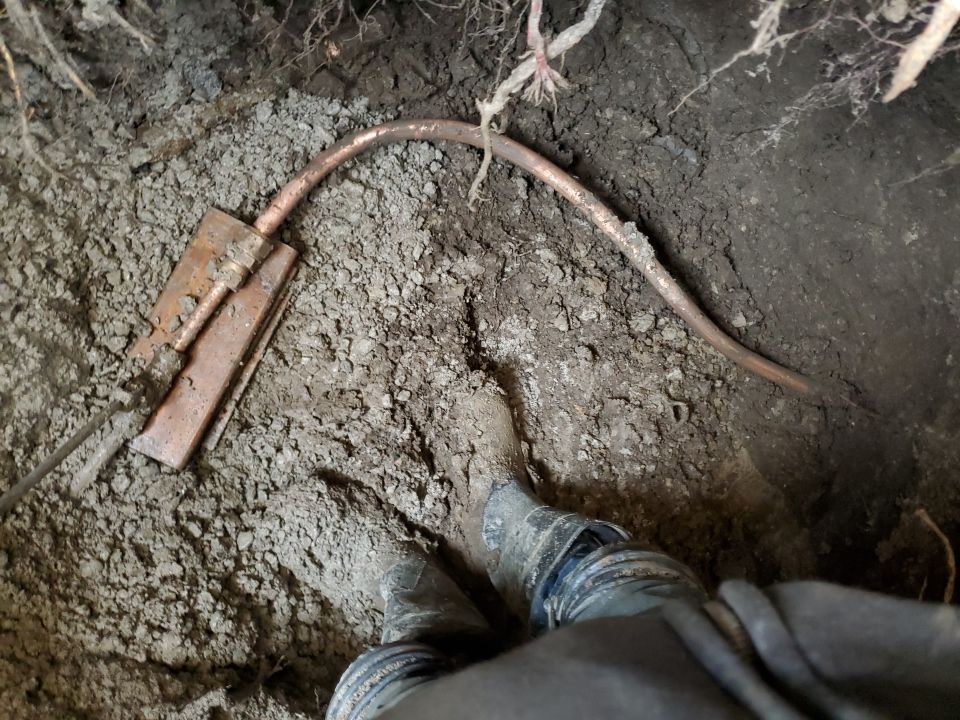
Why Do I Need to Replace the Lead Pipes on Both Sides of the Property Line?
It’s important to replace both sides of lead service lines since it is the most effective way to reduce lead levels in the water entering a building.
Research shows that replacing only a section of the lead service line can sometimes worsen lead issues, especially have replacing one side, as the work can loosen up lead particles that may contaminate the drinking water.
I Have Lead Pipes – How Do I Start to Replace Them?
Don’t put your family’s health at risk — find out if you have lead pipes and make a plan to replace your side and the city’s side. The first step is to call a licensed plumber like the ones at WaterGuard Plumbing to quickly and affordably determine if you have lead pipes to worry about. Our dedicated team is standing by to walk you through the city of Toronto lead pipe replacement process.
Contact us now to book your free consultation.

